BODY MOVEMENTS for Class 6 SCIENCE
Introduction
Jaisa ki hamare chapter ka name hai body movements, toh iss chapter mein hum body mein hone wali movements ke baare mein padhenge. Hum iss chapter mein humans aur other animals ki body mein hone wali movements ke baare mein padhenge, unke structure ke baare mein janege. Hum unki body mein present kuchh muscles aur joints ke baare mein bhi janege aur iss chapter ko padhne ke bad hum jaan jayenge ki animals aur human beings apne body parts mein kaise movements karte hai.
Human Body And Its Movements
Humans matlab hamari body mein bahut saare movements hote hai, agar hum dhyan se observe karein toh hum time to time apni eyes blink karte rehte hai, kiisi bhi kaam ke liye apne hands ko move karte hai, chalne ke liye legs move karte hai, iske alawa bhi hum apni daily life mein bahut saare movements perform karte hai jiske liye hum different body parts ko move karte hai. Lekin agar hum observe karein toh hum apni body ke sabhi parts ko move nahi kar paate, kuchh body parts ko hum single direction mein move kar paate hai, kuchh parts ko hum kisi bhi direction mein move kar sakte hai. Eg- Hum apni neck ko partly move kar paate hai, arm ko completely rotate kar paate hai aur baki body parts ko bhi alag-alag tarah move kar paate hai. Yeh directional movements hamari body mein present joints ki wajah se hi possible ho paate hai. Lekin kuchh body parts aise bhi hote hai jinko hum bilkul move nahi kar paate. Ab hum iske baare mein janege ki aisa kyo hota hai?
Hum apni body ke sirf unhi parts ko rotate kar paate hai jaha par hamari body ke do parts join karte hai. Aur jaha hamari body ke do parts join karte hai unn places ko hum joints kehte hai.
Hamari body mein bahut saare joints present hote hai jinki wajah se hum movement kar paate hai. Do bones jaha meet karti hai waha joint hota hai. Yeh joints different type ke hote hai aur different type ke movement aur activities karne mein help karte hai.
Kuchh different type ke joints hai-
Ball and socket joints
Ball and socket joints aise joints hote hai jisme ek bone ka rounded end doosri ball ke hollow space (cavity) mein fit ho jata hai. Aise joints body part ko sabhi directions mein move karne mein help karte hai. Yeh joints humans ke hip aur shoulder mein present hote hai.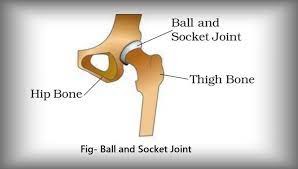
Pivotal joint
Human body mein jaha neck aur head join karte hai uss joint ko pivotal joint kehte hai. Yeh hamare head ki forward aur backward movement mein help karte hai jiski wajah se hum head ko right aur left move kar sakte hai. Pivotal joint mein ek cylindrical bone ring mein rotate karti hai.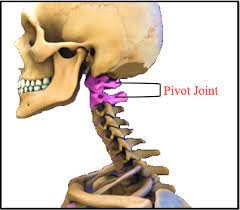
Hinge joints
Hinge joint sirf back aur forth direction mein movement allow karte hai. Yeh joints elbow, knee, etc. mein present hote hai aur inki movement mein help karte hai.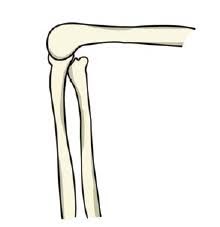
Fixed joints
Yeh joints baki joints se thode different hote hai. Aise joints move nahi karte, yeh fix hote hai isliye inko fixed joints kehte hai. Eg- Joint between upper jaw and skull, bones in skull, etc.
Hamari body mein bones ek framework banate hai jisse hamari body ko shape milti hai. Iss framework ko hum skeleton kehte hai.
Human skeleton different type ki bones se bana hota hai. Different bones ka different function hota hai. Isme birth ke time 305 bones hoti hai, yeh age ke sath change hoti hai aur decrease ho kar 206 ho jati hai kyonki kuchh bones adulthood mein fuse ho jati hai.
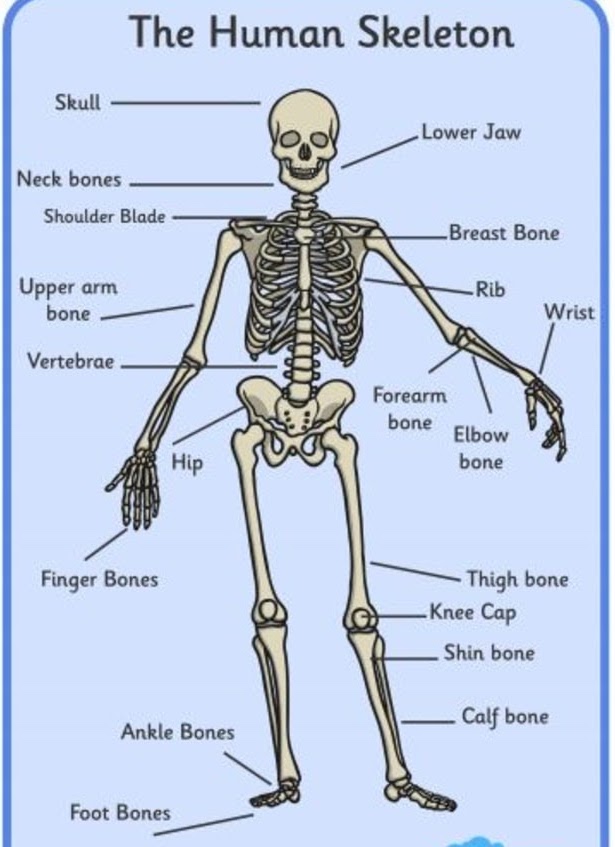
Human skeleton ki shape ka idea hum human body ke x-rays se le sakte hai. X-rays hamari body ki bones ki shape show karta hai. Doctor’s bhi bone injuries ko find out karne ke liye x-ray karvate hai.
Different body parts mein different number of bones present hoti hai, inke different functions hote hai. Ab hum human body mein present different bones ke baare mein padhenge.
The skull

The Backbone
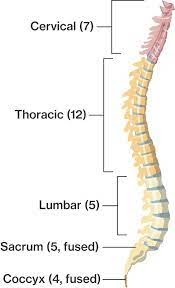
The Rib-cage
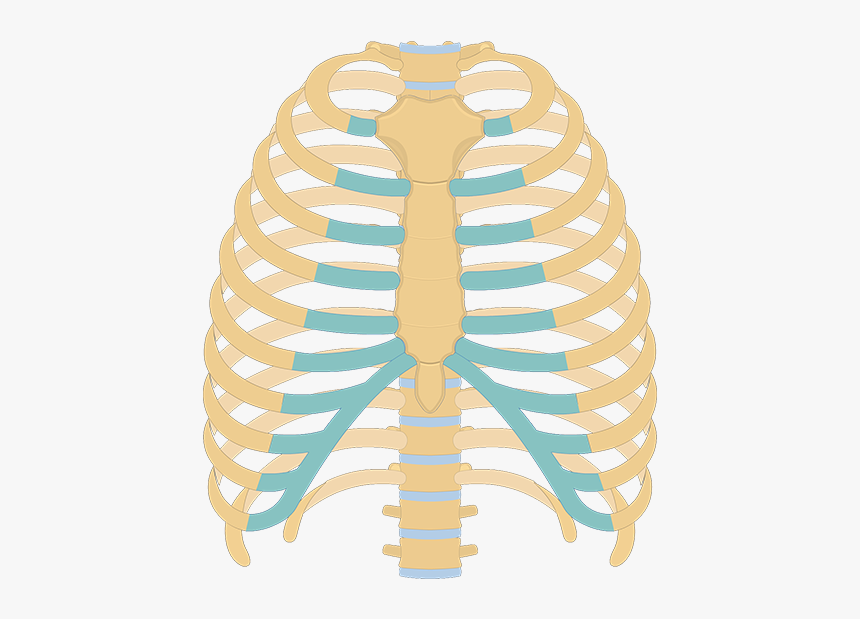
The shoulder bones

Bones of hands and legs
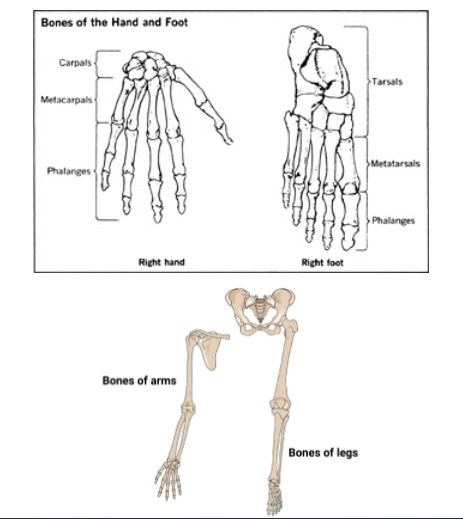
The pelvic bones
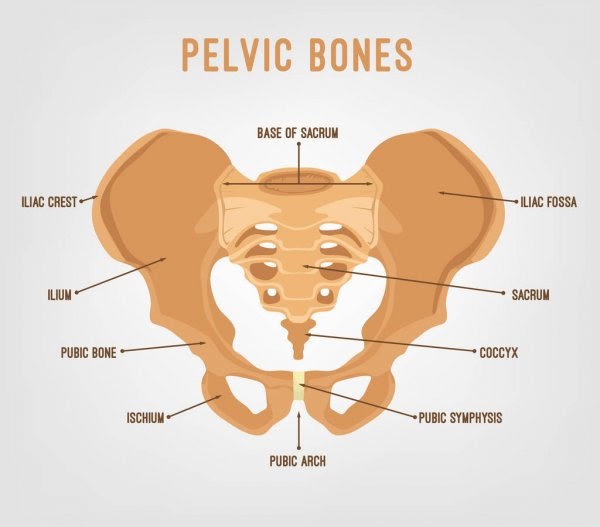
Hamari body mein bones ke alawa bhi aur additional parts hote hai jo bones ki tarah hard nahi hote aur bend bhi ho sakte hai, unko hum cartilage kehte hai. Jaise ki hum apne ear mein bhi touch karke feel kar sakte hai ki waha kuch bony part present hota hai jo bend ho sakta hai woh cartilage hota hai. Cartilage bones ke joints mein bhi present hota hai.

Hamari body mein muscles bhi present hote hai. Yeh bones ki movement mein help karte hai. Do muscles jab ek sath mil kar work karte hai toh ek bone ko move kar paate hai. Agar hum apni elbow ko bend karte hai toh hamari upper arm swell ho jati hai. Aisa kyo hota hai?
Aisa contraction ki wajah se hota hai. Jab hum elbow ko bend karte hai toh muscles bend hone ki wajah se contract ho jate hai aur arm swelled dikhayi deti hai. Muscles pair mein work karti hai, jab ek muscle contract karti hai toh bone uss direction mein pull hoti hai aur pair ki doosri muscle relax karti hai, fir jab bone ko opposite direction mein move karke wapas apni original position par jana hota hai toh pehle vali muscle relax karti hai aur doosri muscle contract karti hai. Iss tarah se muscle aur bone move karti hai. Ek muscle sirf pull karti hai push nahi kar sakti isliye inko pair mein work karna padta hai.
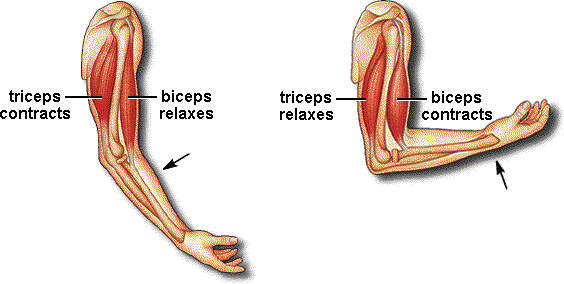
Ab tak hamne padha ki movement ke liye muscles aur bones dono jaruri hai lekin sabhi animals mein toh muscles aur bones present nahi hoti, toh ab hum janege ki woh kaise move karte hai.
POINT 1
Movement: The ability of organisms to change position, by using their body parts, is called movement.
Joints: Joints are the points where two parts of the skeleton are fitted together to make movement possible.
Ball and socket joint: The joint, where the rounded end of one bone fits into the cavity of the other bone is called Ball and socket joint.
Pivotal joint: The joint where a cylindrical bone rotates in a ring is called pivotal joint.
Hinge joint: The joints which bring about movement in only back and forth direction are called hinge joint.
Fixed joints: Fixed joints are immovable joints because the bones are joined together.
Skeleton: Bones in our body form the framework that supports the whole body. This framework is called the skeleton.
Cartilage: Part of the skeleton that is not hard as bones and can be bent, is called cartilage.
Muscle: Muscles are parts of the body that help in bringing about movement.
“Gait Of Animals”
Ek aisa repetitive pattern of action jisko animals movement ke liye use karte hai usko Gait of animals kehte hai. Ab hum kuchh animals ke movement pattern ke baare mein padhenge.
Earthworm
Earthworm ki body bahut saari rings se mil kar bani hoti hai, jo ek doosre se end to end join karti hai. Earthworm movement karne ke liye pehle apni body ka front part extend karte hai aur rear portion ko ground par fix rakhte hai, iske bad yeh apni body ko wapas shrink kar leta hai aur rear body part ko forward pull karta hai. Aise hi yeh muscles ko contract aur relax karte hue yeh apne movements karte hai. Inki body par bahut saare chote hair like structures present hote hai jinko hum bristles kehte hai, yeh bristles inko apni body ko ground par stick karne mein help karte hai. Earthworm soil se apna khana khate hai aur soil mein hi waste release karte hai jo plants ke liye bahut useful hota hai.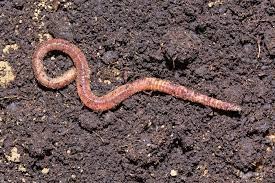
Snail
Snails ke back par ek rounded hard structure present hota hai jisko hum shell kehte hai. Yeh snail ka outer skeleton hota hai aur hard hota hai lekin yeh bones se nahi bana hota. Yeh snail ke movement mein bhi koi help nahi karta. Snail ka head aur foot iss shell se bahar nikalte hai aur apne flat aur thick foot ki help se hi snail move karta hai.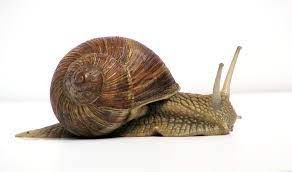
Cockroach
Cockroach ke 3 pair of legs hote hai jo unko walk karne mein help karte hai. Yeh walk karne ke sath sath climb aur fly bhi kar sakte hai. Inke 2 pair of wings bhi hote hai jo head ke piche body se attach hote hai lekin yeh good fliers nahi hote. Cockroach ki body ek hard outer skeleton se covered hoti hai, yeh outer skeleton bahut saari plates ko join karke banta hai aur yeh movement ko allow karta hai.
Birds
Birds air mein fly bhi karte hai, ground par bhi chalte hai aur kuchh birds swim bhi kar sakte hai. Birds ki hollow aur light bones hoti hai taki woh fly kar sake. Flying ke liye inke forelimbs bhi wings mein modified hote hai. Hind limbs ki bones walking aur perching ke liye hoti hai. Shoulder bones aur breast bones strong hoti hai aur flight muscles ko upward aur downward movement mein help karti hai.
Fish
Fishes ki streamlined body hoti hai jo unko swim karne mein help karti hai. Ek aisi body shape jisme fish ke head aur tail body ke middle portion se small hote hai aur body ke dono ends taped hote hai aisi body shape ko streamlined body kehte hai. Streamlined body water mein friction ko kum karne mein help karti hai taki fish easily water mein move kar sake. Fish ka skeleton strong muscles se covered hota hai aur swimming karte time yeh muscles swimming ke time jerks dene mein help karti hai. Fish ki tail fin unko swim karne mein help karti hai aur unki body par present baki fins body ka balance maintain karne mein help karte hai. Under water divers bhi fin like flippers wear karke swim karte hai taki water mein easily move kar sake.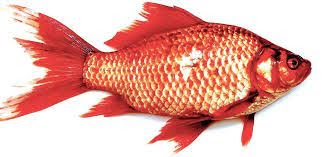
How do snakes move?
Snakes ki long backbone hoti hai aur bahut sari thin muscles hoti hai jinki help se woh apni body ko move karta hai. Muscles backbone, ribs aur skin ko interconnect karti hai. Snake ki body bahut sare loops mein curved hoti hai aur yeh loop ground ke against push karne par snake forward move kar pata hai. Har ek loop inko forward push karne mein help karta hai isliye yeh itna fast move kar paate hai.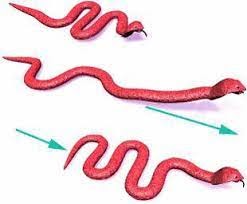
POINT 2
Gait of animals: The different patterns of movement of animals due to the differences in their skeletal structure are called gaits of animals.
SUMMARY
1. Bones and cartilage form the skeleton of the human body. It gives the frame and shape to the body and helps in movement. It protects the inner organs.
2. The human skeleton comprises the skull, the back bone, ribs and the breast bone, shoulder and hipbones, and the bones of hands and legs.
3. The bones are moved by alternate contractions and relaxations of two sets of muscles.
4. The bone joints are of various kinds depending on the nature of joints and direction of movement they allow.
5. Strong muscles and light bones work together to help the birds fly. They fly by flapping their wings.
6. Fish swim by forming loops alternately on two sides of the body.
7. Snakes slither on the ground by looping sideways. A large number of bones and associated muscles push the body forward.
8. The body and legs of cockroaches have hard coverings forming an outer skeleton. The muscles of the breast connected with three pairs of legs and two pairs of wings help the cockroach to walk and fly.
9. Earthworms move by alternate extension and contraction of the body using muscles. Tiny bristles on the underside of the body help in gripping the ground.
10. Snails move with the help of a muscular foot.